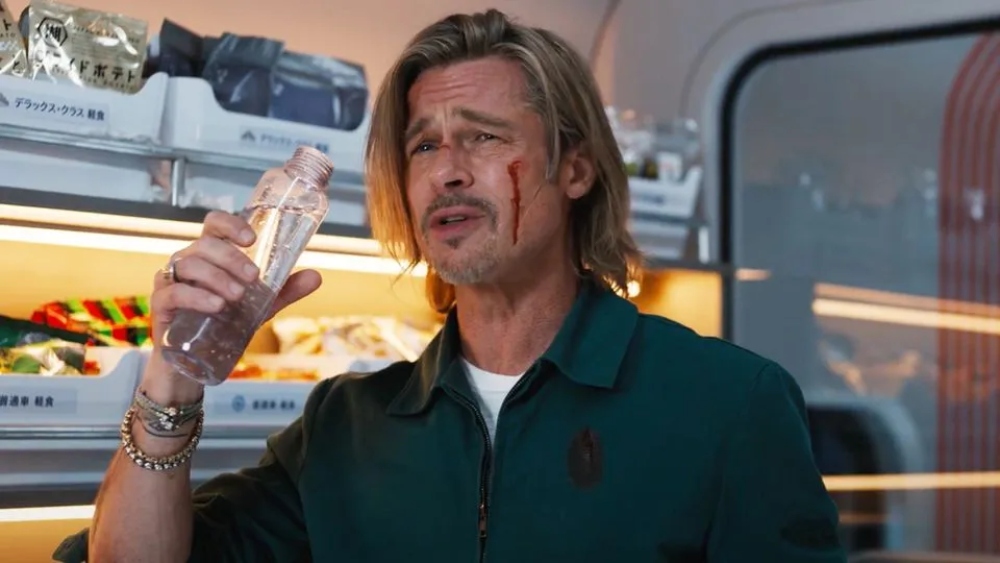
Bullet Train marks the fourth collaboration between Editor Elísabet Ronaldsdóttir and Director David Leitch, who actually waited for Ronaldsdóttir to finish working on Shang-Chi rather than hire another editor, which speaks to their relationship and the level of respect he has for her.
Based on a book by Kotaro Isaka, the film stars Brad Pitt as an unlucky assassin code-named Ladybug, who has inherited the responsibility of retrieving a mysterious briefcase. Little does he know that there are other people riding the high-speed train from Tokyo to Kyoto, and their storylines are connected to each other. While the film was shot on Sony’s stages in Culver City, Leitch employed virtual production backgrounds to give audiences a fun thrill ride through Japan.
Bullet Train features a large international ensemble, and it was a challenge for Ronaldsdóttir to sort through 200 hours of footage and balance everyone’s individual storylines. Though the initial assembly cut was three hours long, Ronaldsdóttir and Leitch were able to get the running time down to just under two hours (sans credits), and below, she tells Below the Line how they pulled it off together.
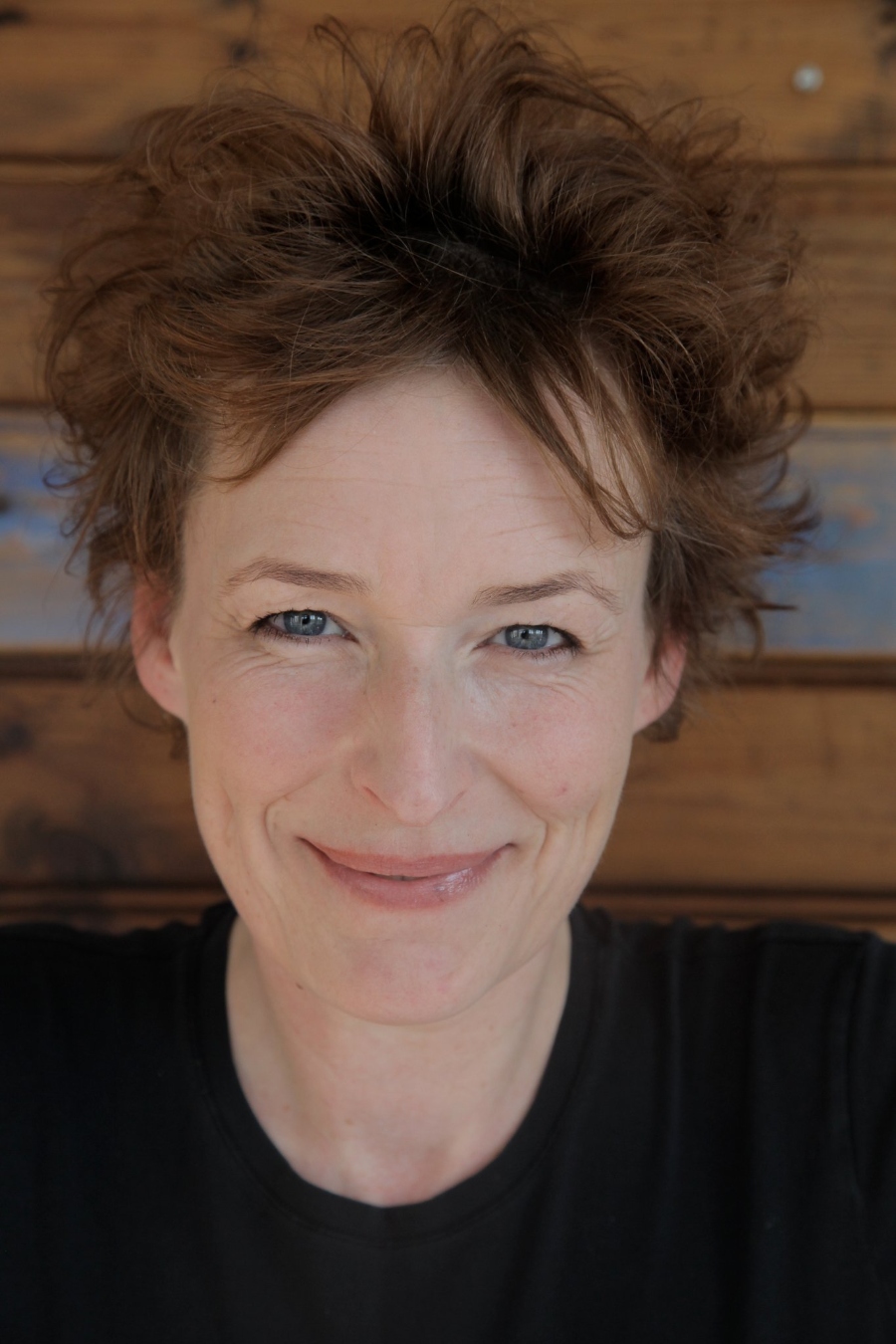
Below the Line: Bullet Train marks your fourth collaboration with David Leitch. How has the shorthand improved in your relationship over the years?
Elísabet Ronaldsdóttir: It’s improved a lot. Well, we did hit it off really well from the beginning. But obviously, nine years of working together has given us a shorthand. I know more [about] what he’s looking for, what he wants, [and what] his aesthetics are. Sometimes, I know what he’s gonna ask me before he asks me. It’s such a privileged thing to work with someone you come to know so well.
BTL: I thought that the film was a laugh riot. Are there times during the edit where you have to restrain your laughter or are you immune to it by now?
Ronaldsdóttir: Oh, I can promise you, I was laughing so hard, sometimes just going through the dailies. The audience is not going to see [it all] — especially Lemon and Tangerine, they ad-lib so much. It was a riot every single time. They’re so funny.
BTL: With seven people to follow on the train, what was the biggest challenge that came in balancing all of the storylines?
Ronaldsdóttir: It’s a very strong ensemble of actors and those are really strong characters. The biggest [challenge] was trying not to have them [over]shadow each other, giving them all time to shine without [over]shadowing anyone. That was work, joyous work. It was fun. But hopefully, we found a balance that works for most people. We spent a lot of time on that.
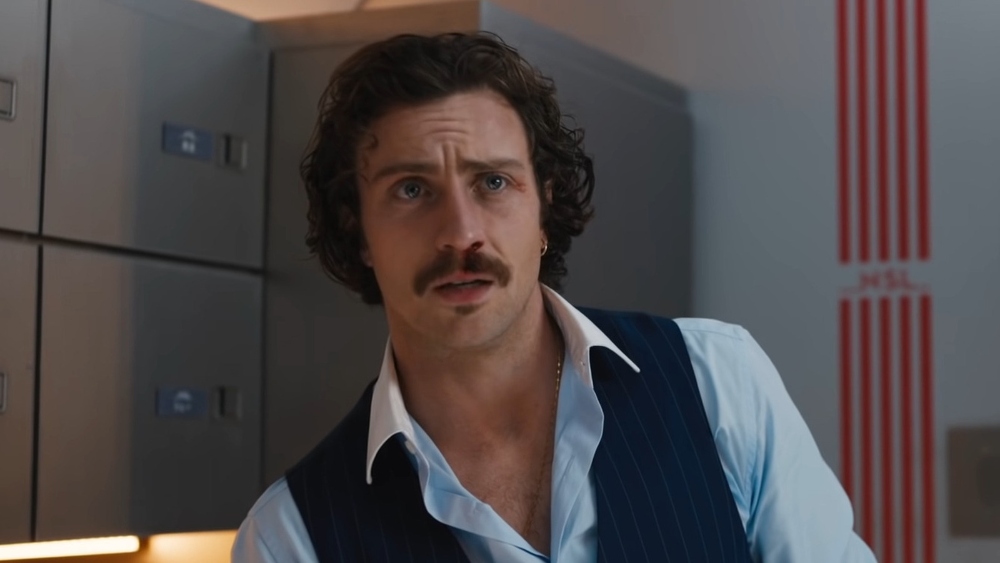
BTL: Was there a particular sequence that you found to be the most challenging to edit?
Ronaldsdóttir: Yes, absolutely. The whole third act fight was a challenge, mainly because there’s a lot of train there. In the beginning, we only had our imagination to work with but it was a fun process. We worked really closely with visual effects. But nothing was [too] difficult a challenge. I mean, there was so much thought and care put into the shooting of this movie from every department, all the actors, the director, the producer, everyone was on. It was just such a joy working with it. But yeah, challenge? I’m like, I’m just having fun all the time [laughs]. I don’t really consider that a challenge, per se. It’s more like, it’s just so much fun trying to get things to work, put them together, and try different things. We don’t make any mistakes in post, but we do make decisions. People might argue we didn’t make the right decisions but those are the decisions we made. I think we’re all very proud of this movie.
BTL: How long was the initial cut?
Ronaldsdóttir: The assembly [cut] was around three hours. I just got the movie under — it’s one minute under two hours, and then you have the end credits. That was a challenge, trying to keep it under two hours before the credits.
BTL: I’m sure the Blu-ray is gonna be a lot of fun to watch with the deleted scenes.
Ronaldsdóttir: Well, that’s one of the fun things. We deleted a couple of scenes in the beginning, but nothing significant. Most of the scenes are there. Some of them are just in a tiny bit different form from what was shot, a bit shorter, a bit tighter than maybe they were shot.
BTL: At what point in the process do you start editing the film?
Ronaldsdóttir: We start editing the day we get the first rushes, which is why we’re on set. We can go through the rushes and we can have a discussion with the director and producer if we feel anything’s missing, etc. With Bullet Train, I was stuck on another movie — I was doing Shang-Chi for Marvel. David and Kelly wanted to wait for me and I will always be very grateful for the opportunity to take this ride with them. Another editor, Evan Schiff, held the fort during principal photography, and then, the last week of principal photography, I came off Shang-Chi and just started going through the dailies. It was a lot of work. I had to catch up [on] a couple of months.
BTL: After catching up, how quickly did you have the rough cut in place?
Ronaldsdóttir: Oh, that was pretty quick. Probably within a month, month-and-a-half.
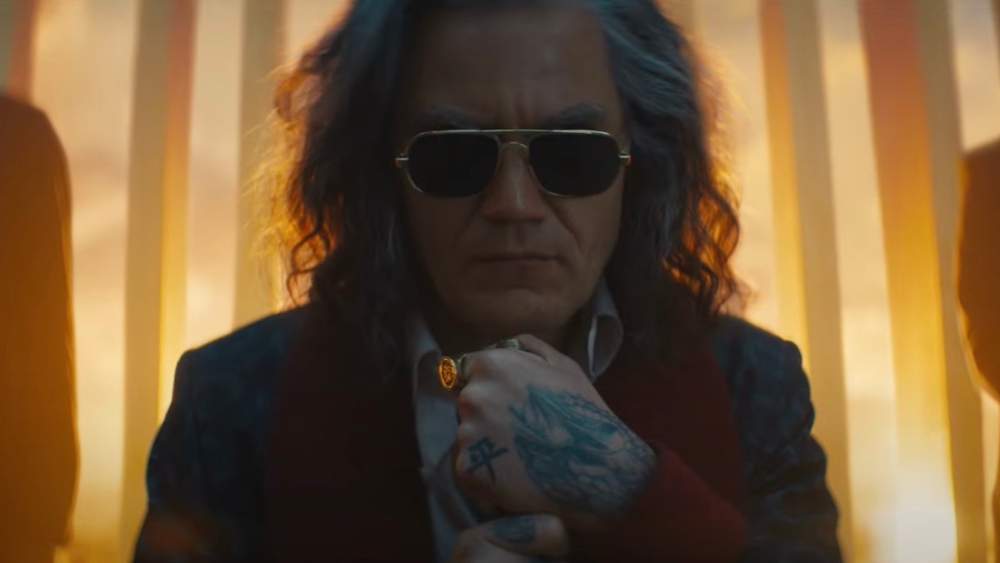
BTL: When it comes to the deleted scenes, do you try to keep them in the film or does it reach a point where it just doesn’t go with the pacing?
Ronaldsdóttir: It just doesn’t go with the pacing. But not only that, you have to think about the story. There are reveals you don’t want to give up too early with a scene that tells you too much. But I mean, we shot 200 hours for this movie, and it’s two hours. A lot has to come out. Obviously, it was shot [with] mainly two cameras all the way.
BTL: How did the pandemic change up your usual editing process?
Ronaldsdóttir: Oh, it changed a lot. Obviously, we couldn’t be at our offices, but we actually rented a house in LA and just lived together. We made our own bubble. We lived in this big house in LA and worked in the basement. It went really well. It was actually a really great experience. My first assistant editor, Nick Ellsberg — he’s an amazing person who just kept us through the pandemic, technically. He set up stuff. It was almost like we were working in the same room. He linked all our hard drives together so that it felt like we were working from a Nexus, where if someone changed something, it popped up right away on my computer, everything synced up.
I met him first in person at the first studio screening. Obviously, we spoke like we are doing now, through computers. Covid made everything a bit weirder. It was difficult. I hope we just get rid of Covid and go back because there is a lot of support you get from your coworkers in post — even just emotional support. Talking through stuff and discussing stuff. I missed that. But instead, I got to live with the director and the producer. It was actually really good fun.
BTL: I’m sure there’s nothing better than doing everything in person where you get that answer right away instead of waiting five minutes or who knows how long.
Ronaldsdóttir: Yeah. Even not just answers and stuff, because it’s an artistic process and just being in the company of people who are all working towards the same aim of making a good movie. There’s something magical about that. That’s what I like about post. Every person there has an important role in moving this beast of a movie forward. We kind of missed that.
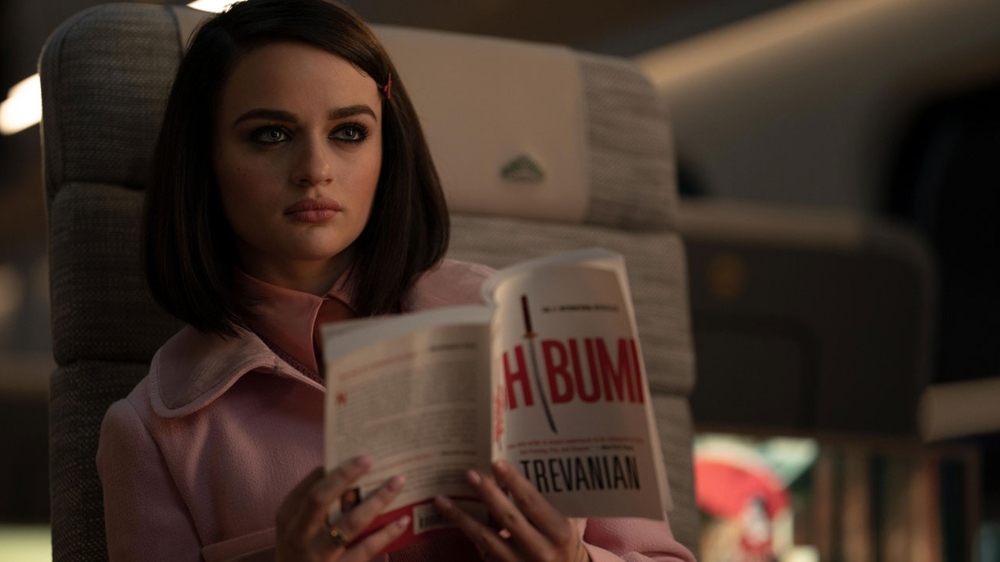
BTL: As an editor, do the virtual production backgrounds make it easier on the editing process as they don’t have to be added during post-production?
Ronaldsdóttir: I actually think it’s amazing that they can do that. It helps. It just helps setting a scene sooner. You don’t have to go straight through visual effects. Visual Effects always have to help because there can be hiccups in those screens and stuff that they have to fix. But in general, technology’s amazing when it works, right?
BTL: Yeah. It’s amazing how much it’s changed in the last 30 years.
Ronaldsdóttir: Oh yeah, absolutely. I started my career editing film on a Steenbeck. It changed so fast. Suddenly, there were monitors. People actually thought that would shorten the post-production period because now everything was in-computer, but it has actually lengthened it. Because suddenly, you just have the ability to present more options. But also, because we’re also shooting digitally and film is expensive, maybe more care was set into every single shot before it was shot. Now you get 200 hours for a movie and it’s more material to go through.
Like I said, I love technology when it works. I sometimes have romantic ideas about the film world and then I remember that frame that got lost in the bag and I don’t want to go back. But also, digital has given us editors access to work within the frame so we can split up two shots, different takes. If you like this actor, then you can with the help of visual effects, you can do so much within the frame. Even just variable speed and stuff, which was a huge undertaking when you were working on film. Now, it’s just ‘push a button,’ and things happen.
BTL: Back to Bullet Train. Tell me about following Brad through his arc.
Ronaldsdóttir: It’s so obvious why he is such a big movie star. He has such charisma on the screen. The camera loves him and he loves the camera. He knows how to act to it and work with it. He is a superstar. He’s amazing but so is the rest of the cast. Maybe not with the same amount of experience, all of them, but such a good cast. It’s so obvious they will have fun, which is precious because it really shows on the screen, I think.
BTL: The snake was definitely having fun.
Ronaldsdóttir: [laughs] The snake. Yeah, the snake was having fun. That’s a CGI snake. No one was in danger. But there is one shot that isn’t CGI. It’s so funny. One of the troubles of editing Bullet Train was trying to contain it without ruining the inner craziness of a David Leitch movie, because that’s magic. I think it’s magic. He’s having so much fun with the form. I think it’s just fun. It’s amazing.
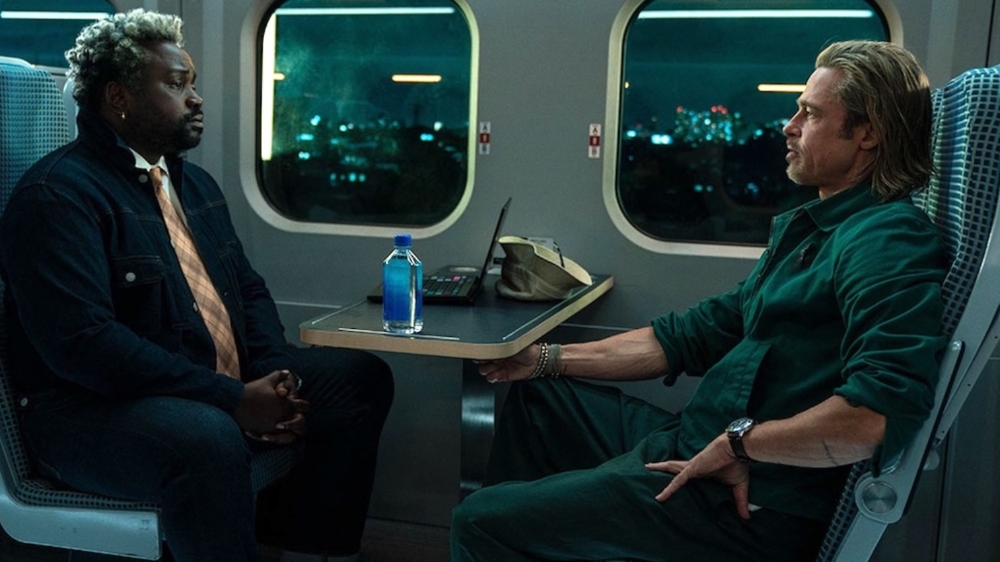
BTL: I think it definitely helps that he has a background working in stunts, so he knows how to direct action.
Ronaldsdóttir: Oh, absolutely. There are very few people better than him at directing action. They also just have a very grounded understanding of filmmaking as an art form. They understand it takes a village so they respect what everyone brings to the table. I think that’s extremely important if you want to be a good director. You have to understand what’s happening in every department. I think because they work so much set, they’ve gained the understanding that people that haven’t done that maybe lack. It must be hard to go straight into directing if you haven’t tried working under a director.
BTL: I always think about directing when I’m writing scripts, but I think I need a few short films under my belt before I can think about a big feature.
Ronaldsdóttir: It’s unbelievable how much goes into making a big movie like this. So many people contribute and as a director, having to juggle all the different departments’ wants and needs… it’s a huge thing.
BTL: Even watching the film, I noticed that they had the entire orchestra in the credits. That’s something I rarely see these days.
Ronaldsdóttir: I know. Dom Lewis did the music. He’s such a rock star. He’s amazing. He and David worked really closely on the music so almost every character has their tune that pops up throughout when they are on the screen. A lot of love and care were put into the music of this movie.
Bullet Train is now playing in theaters nationwide, courtesy of Sony Pictures.





